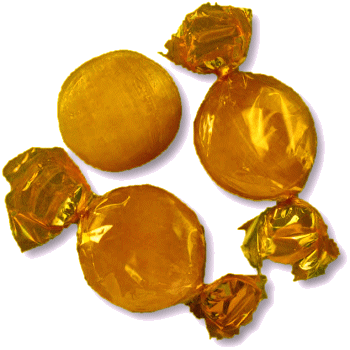




WELCOME TO An Entertainment Site for Scottish Country Dancers - Enjoy the curated selection of theme-related dances for celebrations and holidays, or find a dance associated with a special calendar day, or EVEN your own birthday!
Loosen and Lighten Up Day!
Nov 14
Other Scottish Country Dances for this Day
Today's Musings, History & Folklore
"Rose-lipped maidens, light-foot lads,
Where the sad earth seems a dream,
In your hovering footfall,
Like a leaf in the green air."
~ "To the Rose upon the Rood of Time", W.B. Yeats, 1892
Ah ... remembering the light-footedness of our youth. Well, we can all still aspire to float lightly on the music! Should you wish to self-inspire or as teachers, and need some more expressions to articulate how one might go about dancing more lightly on your feet with a bit of grace and readiness? Here's some historical expressions or phrases which might prove useful (or nostalgic as the case may be).
"Fleet-footed" – Suggests quickness and agility, like a swift runner.
"Dancing on air" – Implies a feeling of lightness and joy, as if floating or weightless.
"Quick on one's feet" – Refers to someone who is agile, both physically and mentally, able to adapt quickly.
"Nimble-footed" – Indicates agility and an ability to move with ease.
"Light as a feather" – Conveys a sense of extreme lightness, often used to describe graceful movement.
"Walking on clouds" – Implies a sense of floating, often with joy, as if one’s feet barely touch the ground.
"Dancing on a breeze" – Suggests effortless, graceful movement, as if carried by the wind.
"Footloose and fancy-free" – Although more about freedom, it can also imply moving lightly without burdens or cares.
"Step as light as a leaf" – Evokes a gentle, airy movement, as if each step barely touches the ground.
"Graceful as a gazelle" – Often used to describe someone who moves with natural, easy grace and lightness.
Raise any heavy November spirits with this light (and airy), easy to teach jig! At least you can increase ventilation in the dance hall for some much appreciated fresh air! 😃 🕺 💃 💡 💨
Light and Airy
Caring for your feet as a dancer, particularly a Scottish dancer, is essential to maintain endurance, prevent injuries, and keep your performance strong. Scottish dancing often involves vigorous, repetitive movements, frequent turns, and jumps, all of which place considerable strain on your feet.
Here's some general advice which works for most.
To care for your dancing feet, it's crucial to select proper footwear: Scottish dance ghillies should be snug but not tight, offering support without restricting movement. Adding padded insoles or heel supports can also help reduce impact and provide extra cushioning during long practices. After dancing, take a few minutes to gently stretch and massage your feet to release any tension in the arches, toes, and ankles—this helps prevent stiffness and keeps muscles flexible.
Daily foot care is also essential. After dancing, thoroughly wash and dry your feet and air out your shoes!
For pain relief and recovery, consider soaking your feet in warm water with Epsom salts, which can soothe sore muscles and reduce inflammation. Ice packs or a cold foot bath can also be helpful after particularly intense sessions.
Remember to check your feet regularly for any signs of blisters, cuts, or irritation, and address these promptly to avoid exacerbating injuries. Consistent foot care supports not only your comfort but also your overall performance as a Scottish dancer.
For older dancers, foot care becomes even more crucial, as the wear and tear on joints, tendons, and muscles can accumulate over the years. Older Scottish dancers may notice a greater need for foot support and recovery time to maintain comfort and mobility. Footwear remains key, but consider shoes with extra arch and heel support, or even custom orthotics, which can help reduce strain on the feet and legs. Many older dancers find that using thicker, cushioned insoles can help absorb the impact of steps and jumps, which is especially important if they experience joint pain or arthritis.
It's also wise to avoid wearing worn-out ghillies; regularly replacing shoes can prevent injuries and ensure proper support.
In addition to daily foot care routines, older dancers may benefit from incorporating strength and flexibility exercises to support the ankles, arches, and calves. Simple exercises like toe raises, ankle circles, and foot stretches help maintain stability and can prevent common overuse injuries. Regularly stretching the calf muscles is also important, as this reduces tension on the Achilles tendon and helps maintain ankle flexibility. For recovery, taking a few minutes after dancing to elevate your feet can improve circulation, reduce swelling, and aid in faster recovery. If experiencing persistent foot pain or signs of plantar fasciitis or arthritis, older dancers should consider consulting a podiatrist or physical therapist who can provide personalized strategies for foot care and pain relief.
For more on typical dancer injuries, click the dancing feet!
Click the dance cribs or description below to link to a printable version of the dance!



